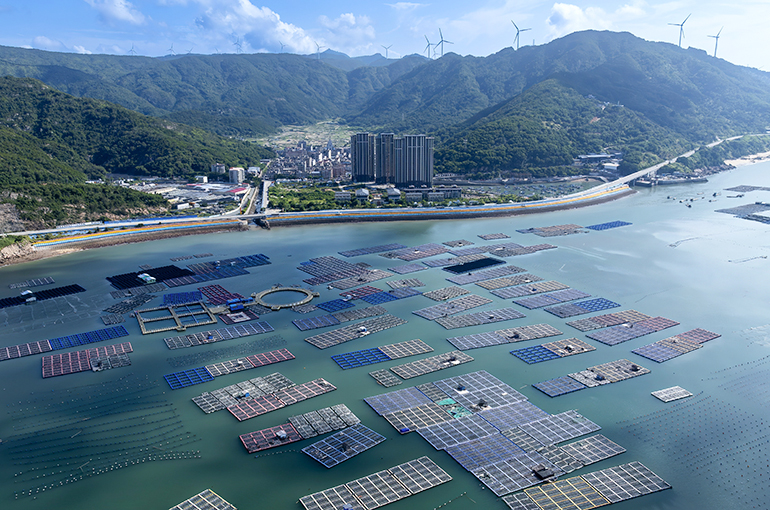 China’s Three Big Sea Economy Zones Log Strong Growth Over Five Years
China’s Three Big Sea Economy Zones Log Strong Growth Over Five Years(Yicai) Oct. 31 -- China's three major marine economic circles in the north, east, and south have seen their gross ocean product soar over the past five years.
The northern circle saw its output value jump 33.1 percent to CNY3.19 trillion (USD448.6 billion) last year from 2020, the eastern one saw its surge 37.7 percent to CNY3.34 trillion, and the southern one 33.3 percent to CNY3.79 trillion, according to a report released by the Ministry of Natural Resources on Oct. 29.
The output value of China's marine economy rose 5.9 percent to CNY10.5 trillion (USD1.5 trillion) in 2024, exceeding CNY10 trillion for the first time. The marine economy, also known as the ocean economy, includes a broad spectrum of industries, including fishing, shipping, coastal tourism, mineral extraction, and offshore energy.
The international competitiveness of marine cities, including Shanghai, Shenzhen, and Qingdao, is continuously increasing, the ministry said. Tianjin, Dalian, Ningbo, and Xiamen have made breakthroughs in marine fisheries, modern shipping services, and marine pharmaceuticals and bioproducts, while Qinhuangdao, Lianyungang, Beihai, and Sanya have developed high-quality marine tourism destinations, it added.
China's marine economy faces significant challenges in building a systematic science and technology innovation framework and ensuring the stability of global supply chains, an industry expert told Yicai. Investment in cutting-edge marine tech and cultivating leading companies are still insufficient, the person added.
There should be a coordinated effort to advance the transformation and upgrading of traditional marine industries, the growth and strengthening of emerging ones, and the planning and development of future sectors, the expert pointed out.
The recommendations for China's 15th Five-Year Plan, announced on Oct. 28, proposed strengthening the development, utilization, and protection of the oceans. Emphasized was adhering to land-sea coordination to enhance the capacity for maritime governance.
The plan calls for strengthening marine science and technology innovation, consolidating and enhancing the advantages of the marine equipment manufacturing industry, expanding emerging marine sectors, and developing modern shipping services. It also promotes the development and use of marine energy resources and sea areas and islands, while strengthening the ecological protection and restoration of key maritime zones.
Editor: Martin Kadiev